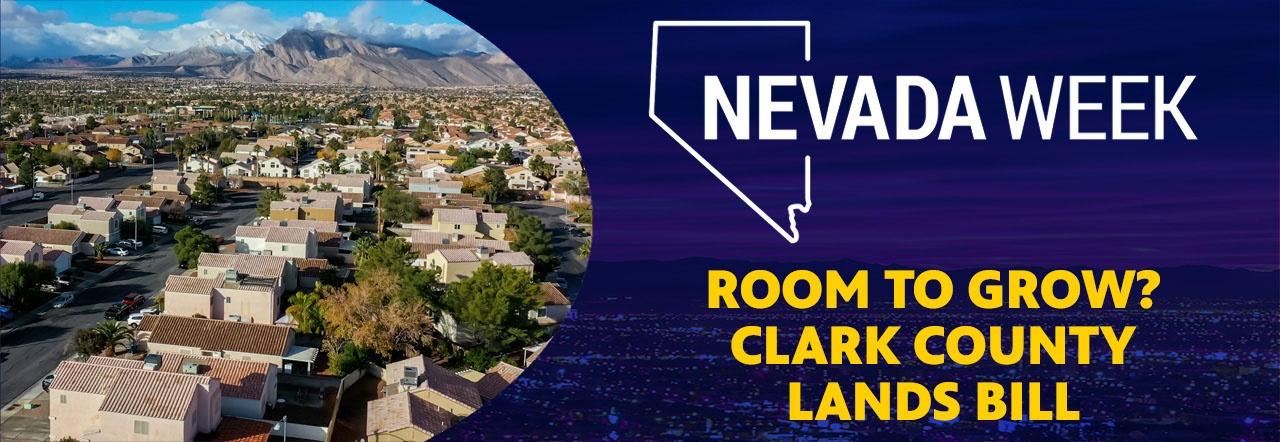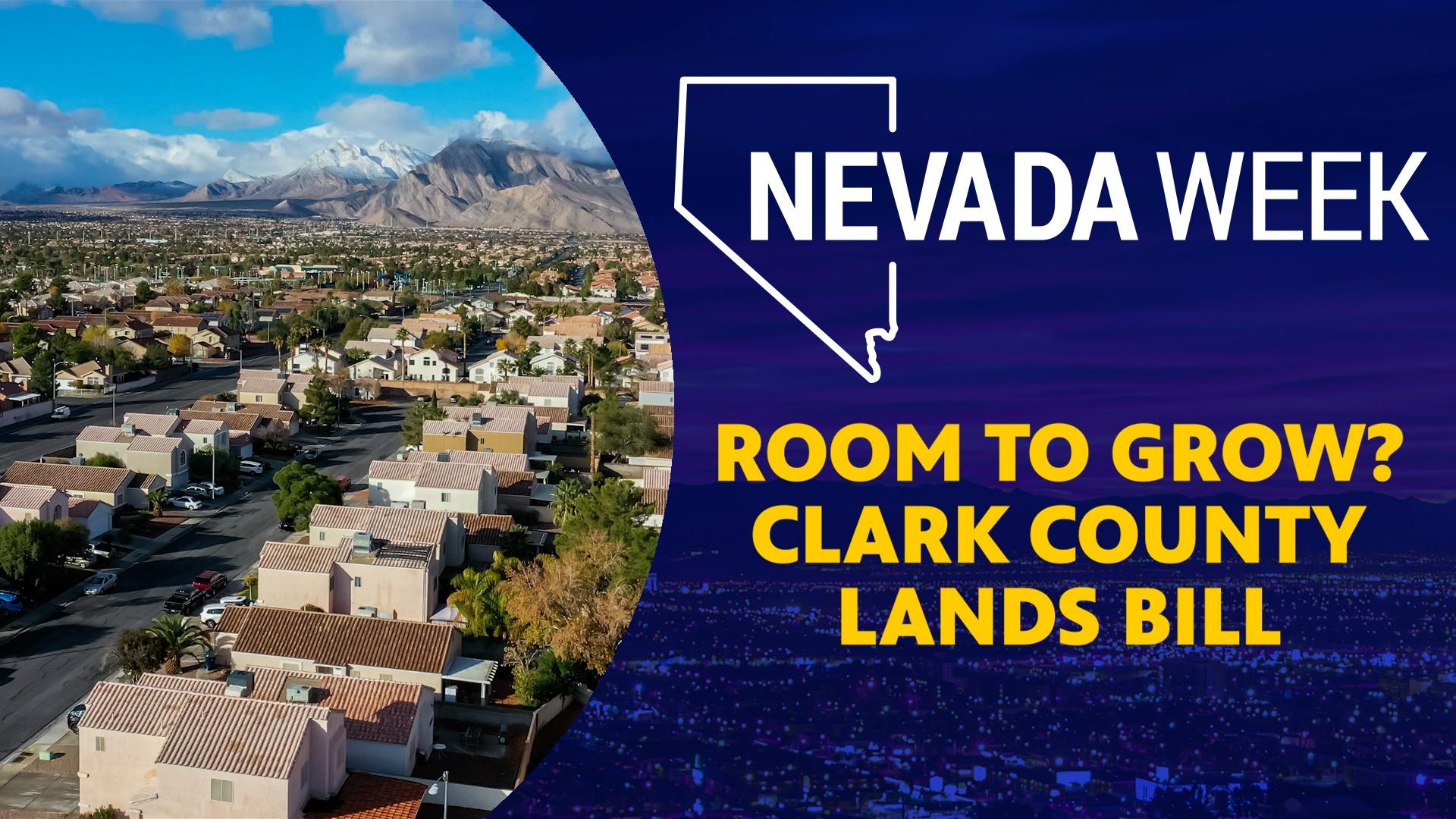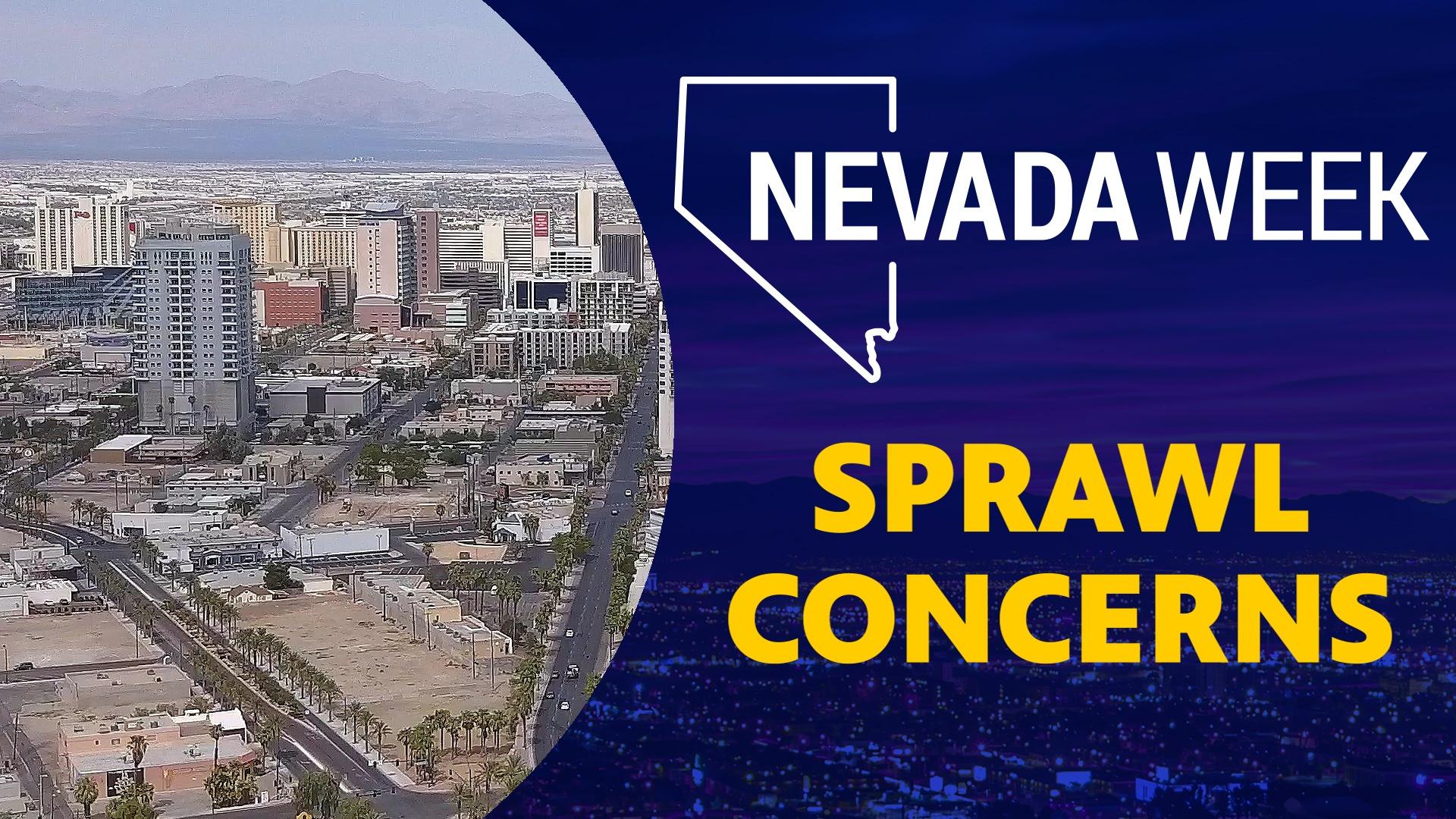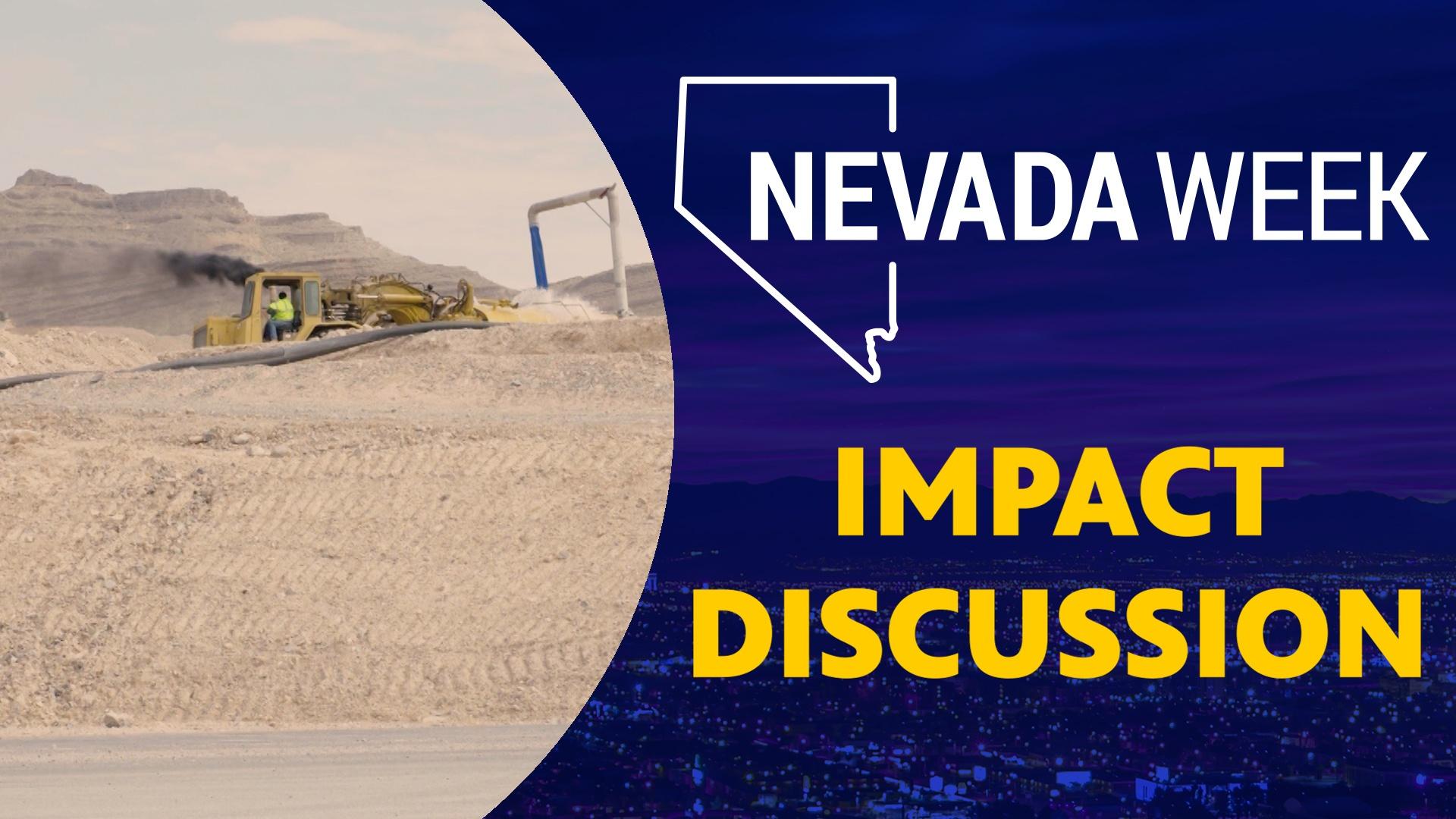Room to Grow? Clark County Lands Bill | Nevada Week


We look at a bill that opens more land to development and where it stands in the Senate.



SEASON 5: EPISODE 5 | Airdate: 8/12/2022
Land appears plentiful in Southern Nevada but there are federal restrictions on how much of it can be developed. In March of 2021, Nevada Democratic Senator Catherine Cortez Masto introduced the Southern Nevada Economic Development and Conservation Act in the hopes of addressing that problem.
The bill would make thousands of acres of land available for development, but it would also set aside more than two million acres of land for conservation and outdoor recreation, plus it would return more than 41,000 acres of ancestral land to the Moapa Band of Paiutes.
The bill had support from politicians, conservation groups, home builders and chambers of commerce. However, after Sen. Cortez Masto negotiated some changes to the bill to get bipartisan support in the Senate, Clark County pulled its support, leaving the bill in limbo. When asked by Nevada Week, the county did not provide a comment.
Economist John Restrepo said that he has heard that it wasn’t just a change in the acreage that would be available to develop but also language around affordable housing and rural preservation that had been removed from the bill, which the county didn’t like.
Now that the bill is at a standstill, he believes it is better to take another look at it and perhaps improve on it.
Tina Quigley is the president and CEO of the Las Vegas Global Economic Alliance. She said the county is frustrated that it didn’t get a chance to review the new compromised bill. But one seemingly small word change made a big difference to the bill, she said.
In the original wording, it said the federal government “shall” allow a project to bring water and infrastructure to the Jean/Sloane area but the new language of the bill was changed to “may.”
“One word but for legal purposes a very, very big change,” Quigley said.
She said that it was already known that the federal government didn’t like that language around what is known as the Southern Nevada Water Authority’s “horizon lateral,” which meant there was a chance it wouldn’t have moved on with the original wording.
Quigley was disappointed to see that the bill had been stalled. She said opening that land for development is very important for economic diversity and development efforts in Southern Nevada. She compared the valley’s economy to a bucket filled with money. She said right now the main spigot filling that bucket is tourism, hospitality and services but since Southern Nevada doesn’t grow anything or manufacture much, money moves out of our economy bucket into other communities. The way to fix that problem is by bringing in even more spigots of money from other industries like industrial, technology, creative industry and health care. However, growth in those areas is dependant on the land that is available.
Kevin Higgins is the executive vice president of CBRE, a commercial real estate services firm. He agreed that Southern Nevada is an “island of private land surrounded by public land,” but he doesn’t believe there is an urgency to make that public land available. Instead, he believes there is still between 12 and 15 years of usable land left in Southern Nevada.
Plus, Higgins pointed out that there is 4,000 acres of land at the Apex Industrial Park that will be available for development when the water and sewer lines to the area are installed. Clark County on the other hand says there is only about five to seven years of available land left.
Higgins doesn’t see a reason right now to open up thousands of parcels of land for development, especially when so much of it doesn’t have infrastructures like water and sewer. He believes allowing those acres of land to be developed will create more problems.
But it is not just about what land is open for use, but also the size of those parcels, Quigley said. She said she and her team recently showed a company that was considering moving to Southern Nevada available land, but that company needed 100-acre-plus parcels, but there were only four parcels in the entire valley that fit that bill. The company decided not to come here, she said.
New businesses aren't the only thing for which Southern Nevada is going to need more land. Clark County's population is expected to continue to grow rapidly for the next several years. UNLV’s Center for Business and Economic Research projects that by 2035 Clark County’s population will hit 2.94 million and by 2060, 3.39 million people will call Clark County home. The county’s current population is 2.33 million.
While several conservation groups support the bill, the Center for Biological Diversity does not. Patrick Donnelly is the Great Basin director for the group. He said there are vast areas of land already within Las Vegas that can be used instead of plowing up parts of the desert to build “McMansions.”
Donnelly’s group believes that losing biodiversity because of uncontrolled sprawl threatens not just the species whose ecosystem would be disrupted but it could impact human life as well. He also said that allowing more growth in Southern Nevada does nothing to address the climate crisis.
Restrepo said infill is important but he doesn’t believe there are vast amounts of land within Las Vegas ready for development. He believes there needs to be a balanced approach to growth that takes into account both the physical and human environment.
Quigley believes Clark County and Sen. Catherine Cortez Masto are as committed as ever to getting the bill passed, but right now, there simply isn’t enough time to get the bill back on track. But she is hopeful that giving the issue some more time will help.
